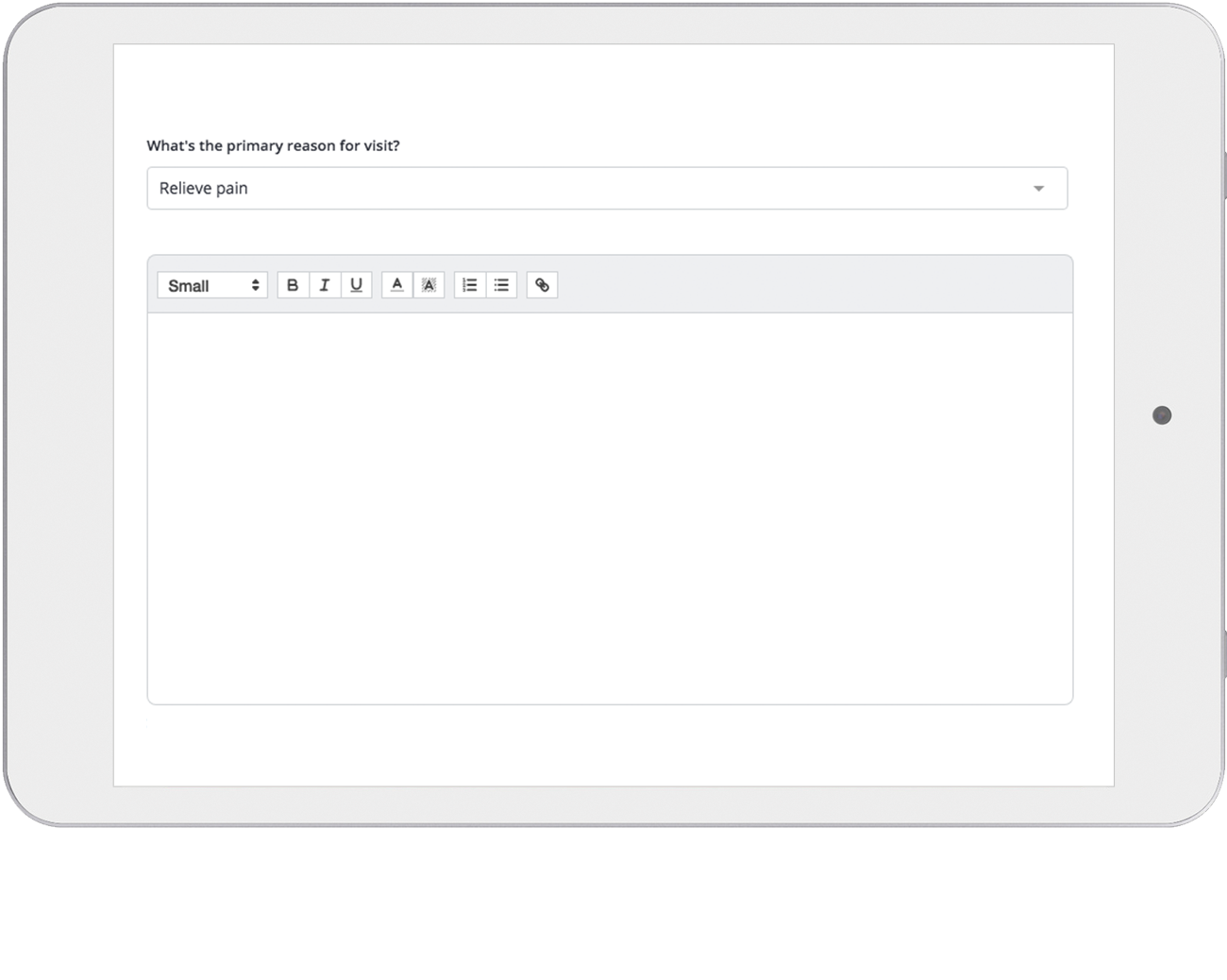
In addition, translators should be careful not to translate acronyms directly, but rather to expand them and research usage before choosing (or not choosing) an equivalent acronym. (For example, PID should be written as “PID ” the first time it occurs in a note, but “PID” will suffice in the rest of the document without the need for expansion.) Furthermore, it’s good practice to expand acronyms the first time they are used.

Translators should remember to use the present tense as much as possible in SOAP notes when translating a provider’s observations, although other tenses may be necessary to show a chronology of events. Health care practitioners are not writers and have a tendency to mix tenses and acronyms. While translators should be warned that complete sentences are not necessarily required when translating SOAP notes, they should be reminded that the message must remain clear and succinct. Understanding that health care practitioners are seeking to record these eight attributes of symptoms will help translators put on their Sherlock-style thinking caps to fill in any glossed source notes or illegible handwriting.

Temporal pattern (every morning, all day, etc.).The mnemonic below refers to the information a physician should ask the patient about before referring to the patient’s previous “old charts.” This is where the classic “OLD C(H)ARTS” medical school mnemonic device is particularly useful for translators. In such cases, it’s helpful to know what information physicians and nurses are looking for when gathering and compiling information regarding the patient’s CC. While it may seem straightforward, this section can often be murky and truncated, particularly when a patient has a long, complicated, and/or known history, and when the translator has only been given an excerpt of the medical record. Essentially, this is the reason for the patient’s visit or hospitalization. This section of the medical record is considered “subjective,” since it’s based on the doctor’s initial interview with the patient and the patient’s chief complaint (CC) or history of present illness (HPI).

The SOAP note format starts with the subjective component. While the style and content may vary slightly based on the medical specialty or health care center, the Subjective-Objective-Assessment-Plan structure remains unchanged during the charting process. While there are many formats for documenting patient progress, the advent of electronic medical records has only further cemented the SOAP note format as the basis for modern clinical reasoning and the means for health care providers to communicate and provide evidence of patient contact. When we speak about SOAP notes we’re not talking about something you wash with or a report on clinical hygiene, but rather the standardized format for writing medical notes that was developed in the 1960s to create a universal methodology and format for medical charting. If followed correctly, this linear format can point translators to the correct terminology for bodily systems or examinations, regardless of seemingly impenetrable and opaque source language.

A thorough understanding of this tool makes it clear why “BS” could mean “blood sugar,” “breath sounds,” or “bowel sounds” (among others), depending on the context. A closer examination and dissection of the SOAP note format is key to understanding how doctors think. The SOAP note (Subjective, Objective, Assessment, and Plan) is a basic template for documentation employed by health care providers to write out notes in a patient’s chart. Furthermore, it creates roadblocks when attempting to decipher strings of murky acronyms and seemingly unintelligible scribbles. While most medical translators are experienced in translating these documents, failure to fully understand the nuances of their structure, language, and rationale limits a translator’s ability to replicate the style and voice of health care practitioners. Progress notes and patient records are the medical translator’s bread and butter, but this does not prevent even the most seasoned medical translators from making mistakes. SOAP Notes: Getting Down and Dirty with Medical Translationįor medical translators, a closer examination and dissection of the SOAP note format is key to understanding how doctors think.


 0 kommentar(er)
0 kommentar(er)
